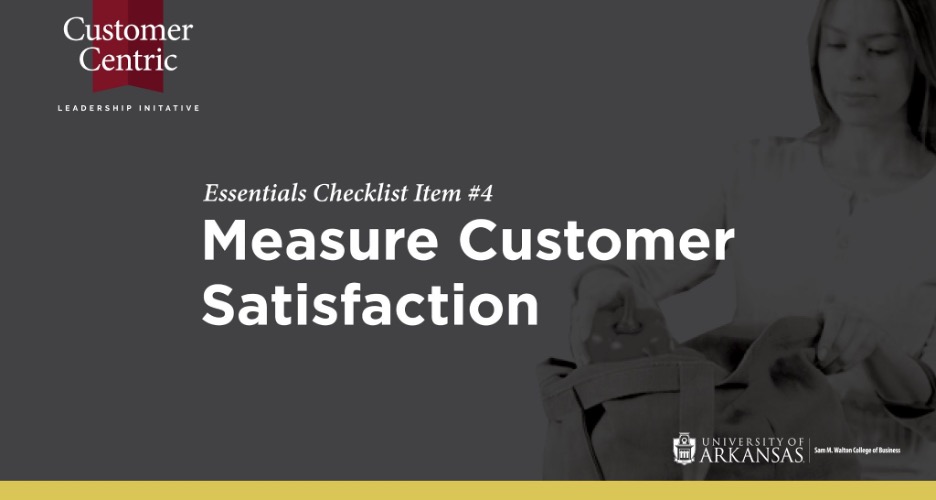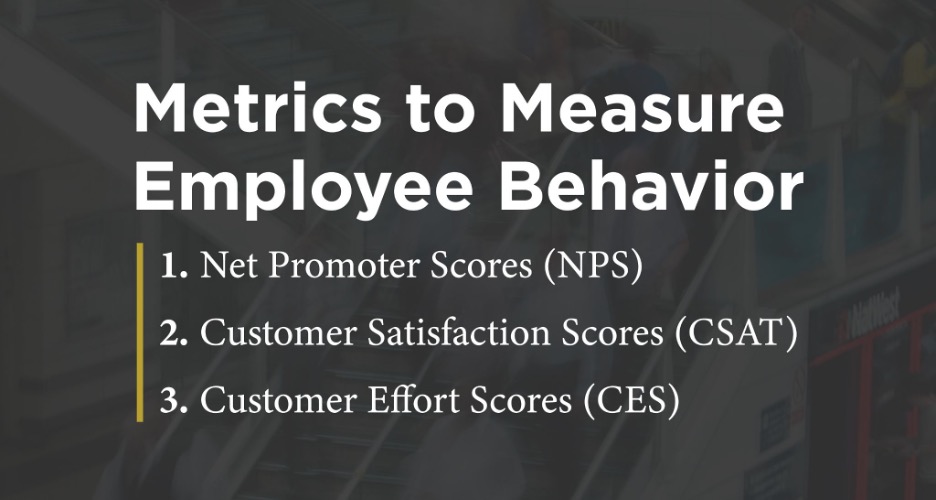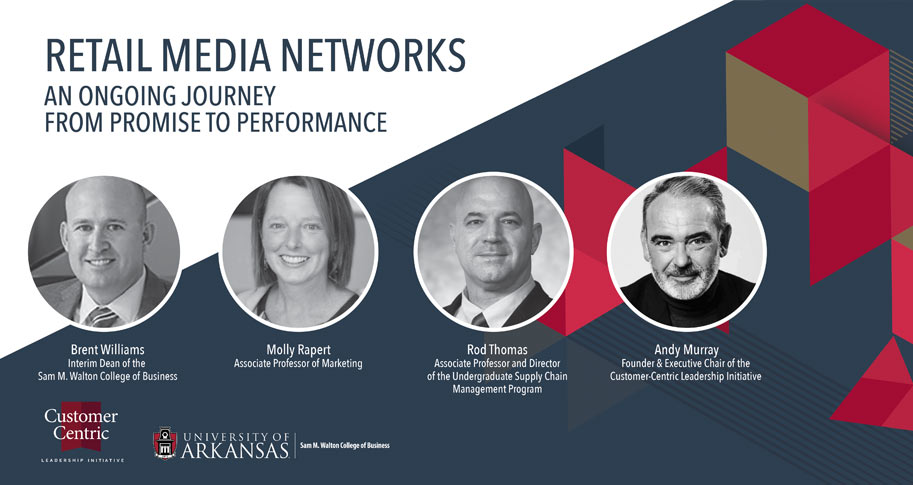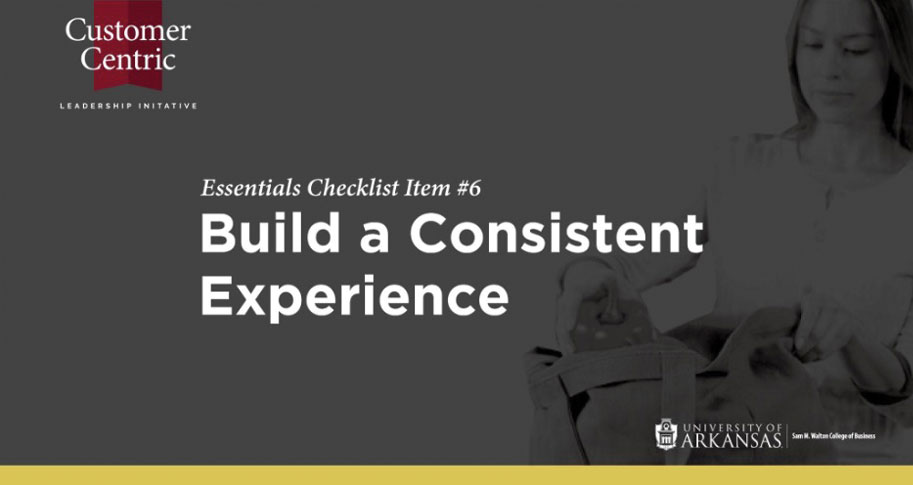
Are all members of your business working to create a well-rounded customer experience?
Ever heard of the Punctuality League? It’s sort of like a fantasy football league … but for airlines. Rather than tracking touchdowns, fumbles, and interceptions, the Punctuality League ranks airlines on factors such as delays, departures, and cancellations. Each year the airlines and airports with the best on-time performance (OTP) make it to the top of their designated lists.
OTP was first measured and tracked more than 30 years ago, and it has revolutionized the airline industry. OTP incentivizes airlines; and this in turn translates into lower costs, increased efficiency, and more satisfied customers. Measures like this drive customer-centric principles.
Implementing performance-based metrics in a business model or bonus scheme drives exceptional service and work among company employees.
When OTP tracking began, airlines understood it would affect their business. This encouraged responsibility and accountability among employees, which consequently, increased customer satisfaction (at least when it came to punctuality).
So, what if you don’t specialize in planes, trains, and automobiles? A number of other metrics incentivize an employee’s behavior and enhance the customer experience. They can come in the form of Net Promoter Scores (NPS), Customer Satisfaction Scores (CSAT), or Customer Effort Scores (CES). Each metric takes a slightly different approach, but they all have the same end goal: surveying how well a business meets customer needs.

Metrics quantify the customer’s experience – everything from a successful interaction with the help desk to a bumpy transaction process to the level of frustrations customers have with automated processes. Satisfaction can be captured in measurements like a simple one to 10 ranking or a Likert scale model. Data helps businesses identify what they’re doing right or what needs to be improved in the buyer’s journey.
The metrics can also be analyzed and revised. If companies aren’t getting clear feedback in their surveys, adjusting the formatting, repositioning where a customer interacts with the survey questions, or using other tools to accompany metrics like a NPS, CSAT, or CES often can resolve discrepancies or confusion.
These scores are centered on improving the customer experience and help companies spot what areas are falling short and what can be done to fix them. To improve scores, a company should adopt customer-centric practices. Better scores and customer-centric practices translate into brand loyalty, repeat customers, and earned media.
Today, customers are in control.
They make or break a company’s success. To reflect and act on customer sentiments, metrics need to be used. Customer satisfaction models provide a clear path to understanding your audience and building and sustaining a customer-centric organization.
Want more tips for creating a more customer-centric organization? Download this 12 step checklist.





